Working On your Business for long term success
In the previous Blog article “What do we mean by Working On the Business?” we outlined the value and benefit in establishing a process to focus on “On the Business” measures in addition to your more typical “In the Business” performance measures. Establishing an On the Business scorecard and implementing a related tracking and improvement process focuses on what drives the value and sustainability of your business.
So what are some On the Business measures you can use? Every business will have its own unique “value drivers” and every Business Owner will want to tailor their focus on what matters most to them at any given point in time.
At the heart of this approach is setting some time aside every month and quarterly to review how your business is performing from a strategic value creation perspective, and where and how to best drive improvements in business value. Establishing this routine of taking regular time-out with yourself and your key staff to focus in on “the important” as opposed to the “urgent” aspects of your business will help you to accelerate your business value generation.
What drives Business Value?
Although often hard to measure precisely, we know from working with our clients the sort of things that drive business value and valuations which include but are not limited to:
- Recurring revenue – you can bank a % of your revenue every month without needing to resell it
- The business can run without significant and daily input from the Owner – often this comes down to having key processes documented with up-to-date checklists supporting the team running the day-to-day business
- There is a strong and able team in place that will do more than just keep the lights on in the event the Owner stands back
- That there is IP (Intellectual Property) and/or some form of unique advantage or capability that attracts new or helps retain existing customers
- The business revenues, margins and cashflow allow for a good stable return for the Shareholders and is growing
- There is strong customer loyalty and/or a market driven reason driving customer growth and retention
- That the business does not have any significant constraints to its growth, margins, and profitability improvement i.e., it has sufficient resources – Cash, Capital, Technology, People, or other infrastructure to scale up the business
On the Business Measures
The list below is a “starter for 10” providing some examples of potential measures our clients have and you could use. Start with the areas that matter most to your business and try to limit them to no more than 4 to 7 measures that you will use to track your progress against over the next 6–12 months. If you are just starting on this journey then limit yourself to a maximum of 3. Keeping focused and giving yourself a good chance of achieving the outcome is important until you become more confident with this approach.
These measures are best used for comparing the current period compared to a previous period i.e. Quarter on Quarter or Year on Year (to-date). Often also the absolute value or number isn’t necessarily the most important thing – it’s the trend between the past period and the current period i.e. are you improving, holding the line or going backwards?
Ultimately there is no magic or silver bullet here – quiet reflection and thought is required to work out the areas to focus on and to come up with the measures you should use to track results and progress in achieving goals.
Customers
Customer satisfaction rating/score
Customer retention / churn level
Customer complaints
Your Team
Key employees at risk of leaving
Staff turnover %
You the Owner
Reducing reliance on the Owner – how many hats are you wearing today? How many and which ones do you want to be wearing in a year’s time?
Total owner’s hours invested per month in the business today vs 12 months’ time?
Industry and IP
New items of IP created and leveraged for revenue and margin growth, customer satisfaction and retention, or improved operational efficiency
Revenue
Year on Year Revenue, margin, and profitability growth
% of recurring revenue to total revenue
% of total revenue from top 3 – 5 customers
Profitability
Gross profit margin = Gross Profit / Net Sales
Net profit margin = Net Profit / Net Sales
Debt
Debt ratio = Total Debt / Total Assets
Debt to Equity Ratio = Total Debt / Total Equity
Working Capital Management
Debtors’ collection ratio aka Days sales outstanding = Average Debtors $ / Total Credit Sales x number of days for a given period
Working Capital Ratio = Current Assets / Current Liabilities
Cashflow
Operating cashflow = Net income + non-cash items +/- change in working capital
If interested in getting more examples of the potential measures, we can send you this by email. Please click below to request your copy.
We will have one further blog article (Part Three) on this topic later in June which will expand the discussion around bedding in the On the Business focus, and go a little deeper into what your scorecard should contain and how to use it to track performance and progress.
Author: Andrew Carmody, Management Response Limited.







